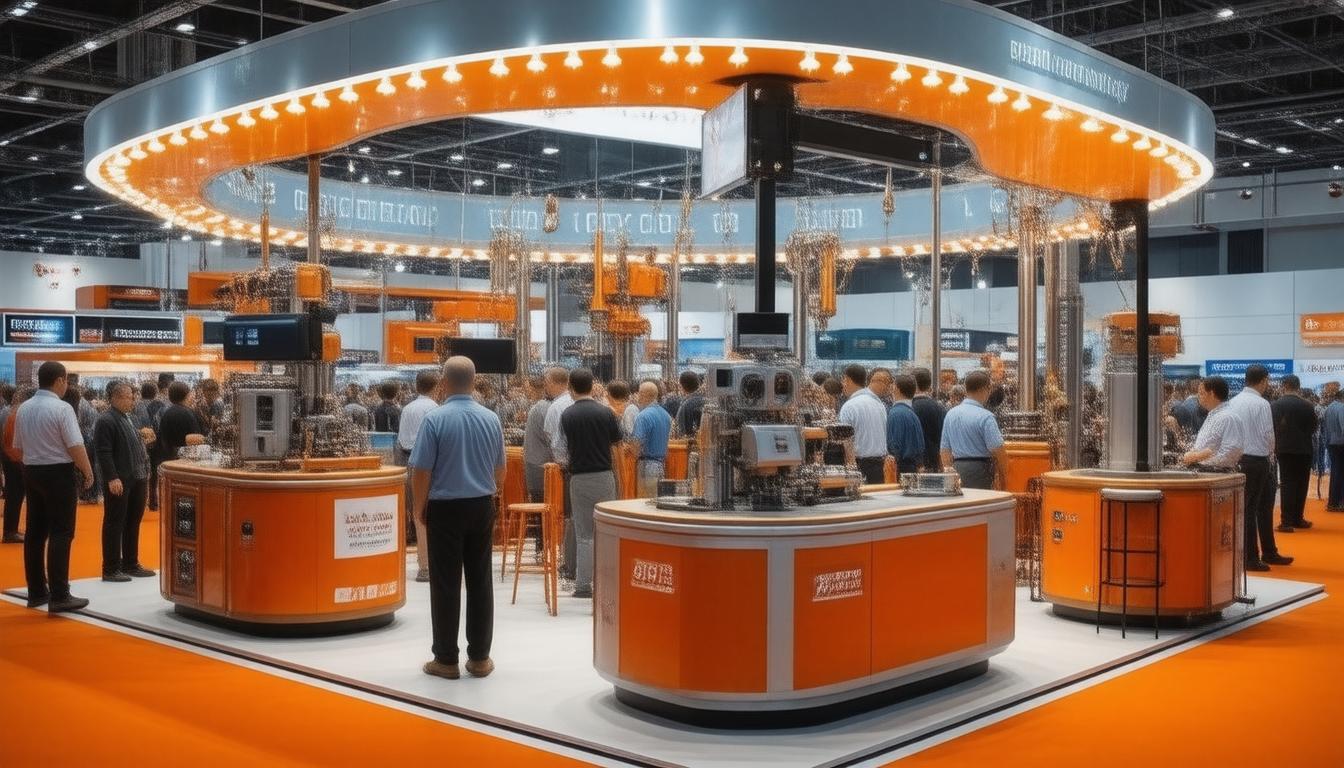

Kelowna Utilizes Trenchless Technology for Sewer Rehabilitation
As infrastructure ages, cities around the world face the challenge of maintaining services without overly disrupting the daily life of its residents. Kelowna, a city in British Columbia, is no exception. In its latest effort to address infrastructure needs, the city has successfully employed a cutting-edge ‘trenchless’ technology to repair a deteriorated sewer main. This method not only exemplifies an innovative approach towards municipal maintenance but also significantly reduces the environmental and social impact of such essential projects.
Understanding Trenchless Technology
Trenchless technology, as the name suggests, involves minimal excavation and ground disruption in comparison to traditional trenching methods. This technology is primarily used for the repair or replacement of existing underground infrastructure. Such techniques include methods like pipe bursting, slip lining, and cured-in-place pipe (CIPP) lining systems. Kelowna chose the CIPP method for its recent sewer rehabilitation project.
Details of the Project
The project focused on a section of sewer pipe that had significantly deteriorated over time. Traditional methods would have required extensive digging, disrupting traffic, damaging landscapes, and potentially affecting local businesses. By employing CIPP, the city was able to repair the sewer pipe without the need for large-scale excavation. Instead, a resin-saturated liner was inverted or pulled into the damaged pipe and then cured using hot water, ultraviolet light, or steam, thus forming a new pipe within the old pipe.
Benefits of Trenchless Sewer Repair
Trenchless sewer repair offers numerous benefits beyond reducing surface disruption. Firstly, it is generally faster than traditional methods, significantly reducing the time for which local residents and businesses might be inconvenienced. Additionally, it is often more cost-effective in the long run, as it minimizes road closure times and associated economic disruptions. Environmental benefits are also profound, as there is less risk of contaminating local soil and water, and less debris sent to landfills.
Community Response and Future Implications
The community’s response to the use of trenchless technology in Kelowna has been overwhelmingly positive. Residents appreciate the quick turnaround and minimal disruption to their daily lives. This successful project not only improves local infrastructure but also sets a precedent for future municipal projects, potentially encouraging more widespread adoption of trenchless methods in urban settings.
From a larger perspective, Kelowna’s embrace of innovative sewer repair technology demonstrates proactive leadership in municipal management. It reflects a growing trend among cities to seek sustainable and less disruptive methods for maintaining essential services. As urban populations continue to grow, the importance of such technologies and strategies in urban planning and infrastructure management can only increase.
Conclusion
The use of trenchless technology for the repair of deteriorated sewer pipes in Kelowna represents a significant step forward in public utility management. It highlights how modern technologies can be harnessed to enhance city life while promoting sustainability. Moving forward, Kelowna’s example may inspire other municipalities to adopt similar methods, thus fostering a more efficient and less invasive approach to infrastructure maintenance and repair.






